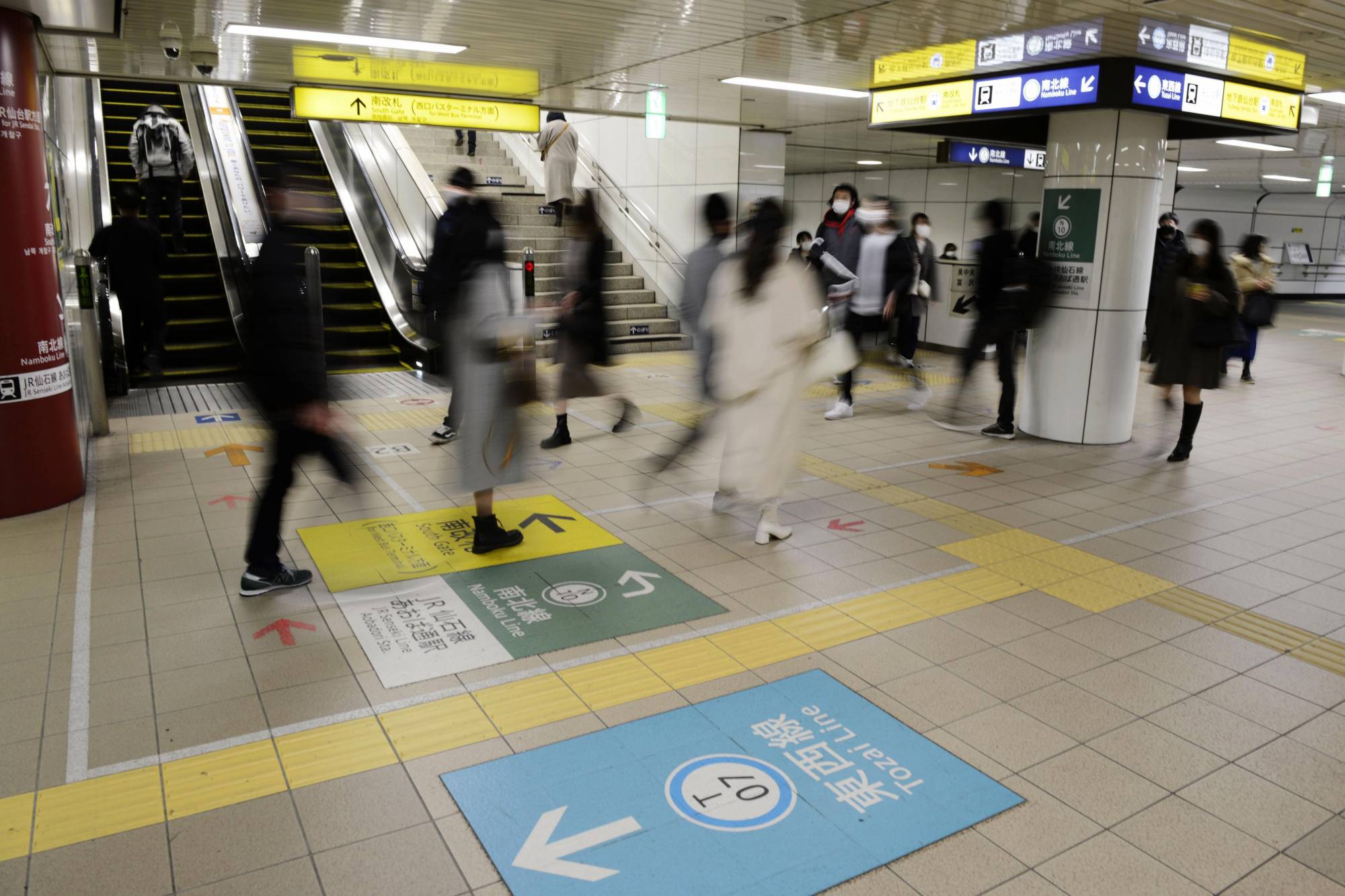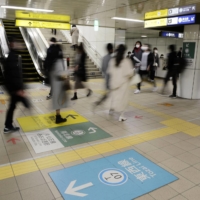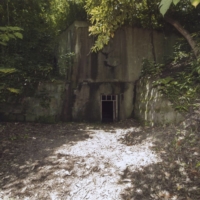Only 4% of emergency evacuation sites designated by local governments in Japan as missile shelters are located underground, with the figure reflecting a lack of buildings with basements in regional areas, a Kyodo News survey showed Sunday.
With North Korea increasing its test-launches of missiles amid increased concern about the security environment in the region, the Japanese government has recommended municipalities increase the number of designated evacuation shelters under the civil protection law, especially those underground, over five years from fiscal 2021.
The Cabinet Office considers underground facilities more effective than those on the surface, but a survey of 67 prefectural and major city governments conducted in January and February found that only 2,390 of the total 59,132 were located below ground level.
Akita Prefecture had the lowest number at zero, while 17 prefectures had fewer than 10. Tokyo had the most underground facilities at 452, followed by Gifu and Ishikawa prefectures, with 306 and 176, respectively.
Nineteen prefectures said they increased the number of underground facilities during the current fiscal year, which started last April.
Gifu designated around 300 locations, including underground walkways, as shelters in that year alone. The move "was based on the international situation and national policy" in light of developments in North Korea and the war in Ukraine, a prefectural official in charge of the project said.
When asked about issues faced regarding the designation of underground shelters, the majority of the polled governments cited a lack of facilities.
"For regional areas, having underground (shelters) is difficult," an Akita prefectural official said.





